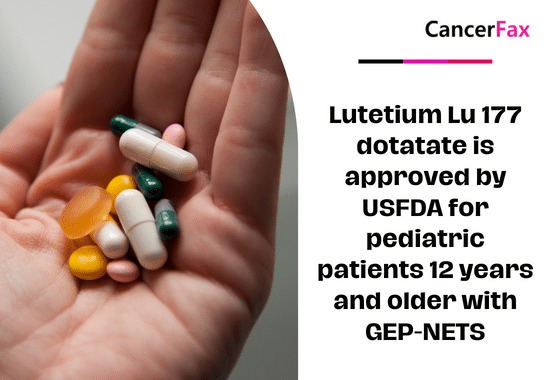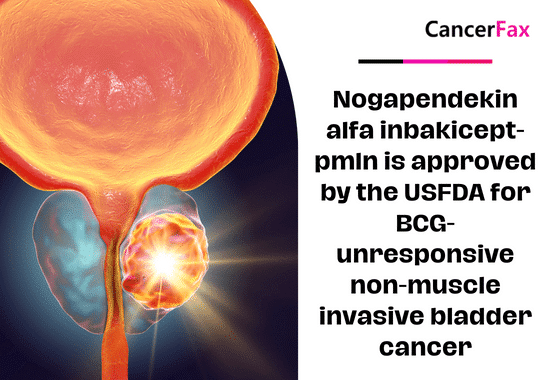According to a preclinical study by scientists at the University of Texas Health Science Center (UTHealth) in Houston, the circadian body clock plays an important role in fighting liver cancer. The result was recently published in the journal Nature Communications.
The circadian clock is an internal 24-hour timekeeping system that can operate in all cells of the body to regulate sleep, metabolism and other important body functions. Dr. Kristin Eckel-Mahan, a senior author of the study and an assistant professor at the Center for Metabolism and Degenerative Diseases, said, “By manipulating the circadian clock, the growth of liver cancer can be suppressed in a mouse model.
The researchers confirmed their findings in human tissue samples, and Eckel-Mahan ‘s team discovered a dysfunctional protein that inhibits the expression of key circadian rhythm transcription factors and blocks tumor suppressors from performing their actions The ability to function normally for 24 hours. When researchers force tumor cells to re-express the lack of circadian protein, tumor cells die. Eckel-Mahan said that 50% of liver tumors express this dysfunctional protein, causing these cells to develop circadian rhythm dysfunction.
These results indicate that the circadian clock targeting patients with HCC may be a promising treatment for the growth and progression of HCC tumors. The next step is to determine how to prevent the interruption of the circadian clock, and study the pharmacological methods known to improve the function of the circadian clock Can stop the growth of these liver tumors.
http://www.sleepreviewmag.com/2018/11/body-clock-liver-cancer-growth/

